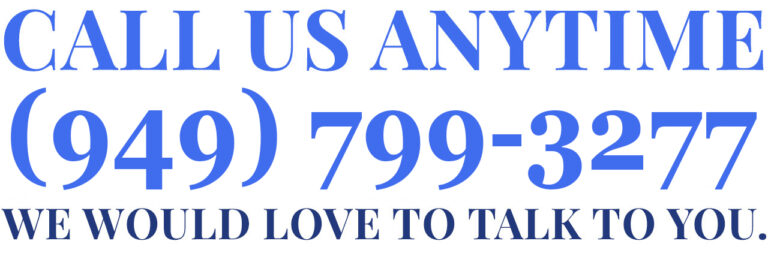Surrendering to a federal prison is a surreal experience. When I arrived, I expected to be met by guards in the parking lot. I said goodbye to my family and walked into a small administrative building. Inside, a prisoner greeted me and asked, “Are you here to surrender?” My emotions got the best of me, and I started to cry. Thankfully, she reassured me everything would be okay and went to find the intake officer.
Despite this momentary display of emotion, I had extensively prepared for this day in federal prison.
I knew for two years that I would be serving time in prison, and I had come to terms with it, dedicating time to educating myself. I prepared for the worst-case scenario, a sentence of 21-27 months, but ultimately received a downward departure to only four months. This departure was the result of an extensive mitigation strategy, including a character reference letter campaign, a personal narrative, community service work, and documented addiction issues. To learn more about effective mitigation, listen to our podcast in the New York Times.
After I surrendered to Marianna Federal Prison Camp, I was taken to Receiving and Discharge (R&D), where I underwent fingerprinting, had my photo taken for an ID card, and completed paperwork. After R&D, I visited various departments within the prison camp, including psychology, medical, and administration. At each stop, I answered a series of questions, signed paperwork, and received advice from the staff: “Stay away from the drama.” I was provided essential personal care items, a mattress, a laundry bag filled with clothing, sheets, a blanket, and a towel. After about six hours, I was escorted to my dorm.
The dorm was a two-story building with two-person cubicles, housing around 40 women per floor.
In total, there were four dorm buildings. Each floor featured a bathroom with three sinks, toilets, and shower stalls. Surprisingly, despite the rather run-down appearance of the dorm, there were stall doors on the toilets. I was introduced to my bunkmate, who quickly showed me how to make my bed.
Many of the women in the prison dorm appeared to be happy, laughing, and enjoying themselves. To me, federal prison represented a severe punishment and was no laughing matter. I decided to keep to myself until I could better understand the dynamics of my new environment.
Before entering federal prison, I set deliberate goals and was determined not to be distracted.
Even with my short federal prison sentence, I wanted to make the most of my time. I planned to secure a job, read, and journal daily to document my journey. This time was my opportunity for reflection and self-improvement. I implemented this plan on my first day by finding a quiet reading spot at a picnic table outside. After the afternoon count, I began journaling, which became a daily habit.
Surrendering to a federal prison is an emotional experience filled with a range of emotions. Saying goodbye to your family and entering an unfamiliar place can be daunting. To navigate this experience successfully, be well-prepared. Call ahead to determine what you can bring, create a reading list, and establish achievable goals. Arrive with your release plan and document your journey. Advocate for yourself and cultivate patience, as it will be essential in your interactions with the BOP staff at your facility.
Team at White Collar Advice




